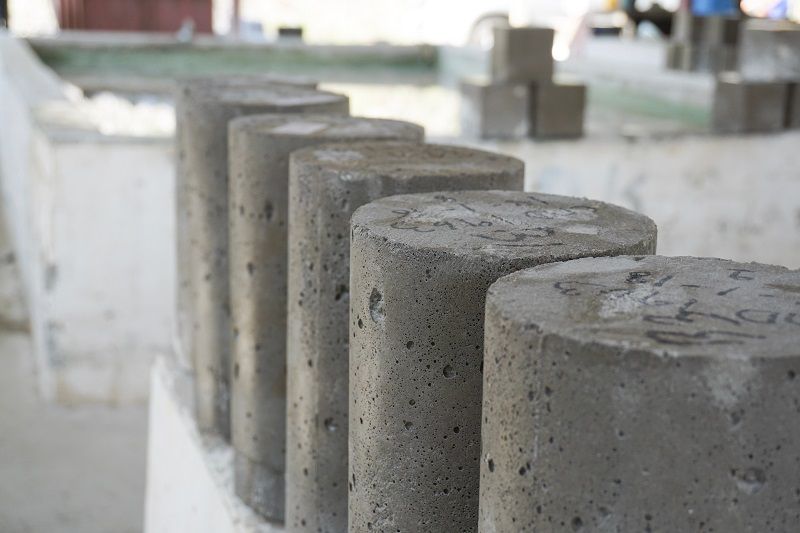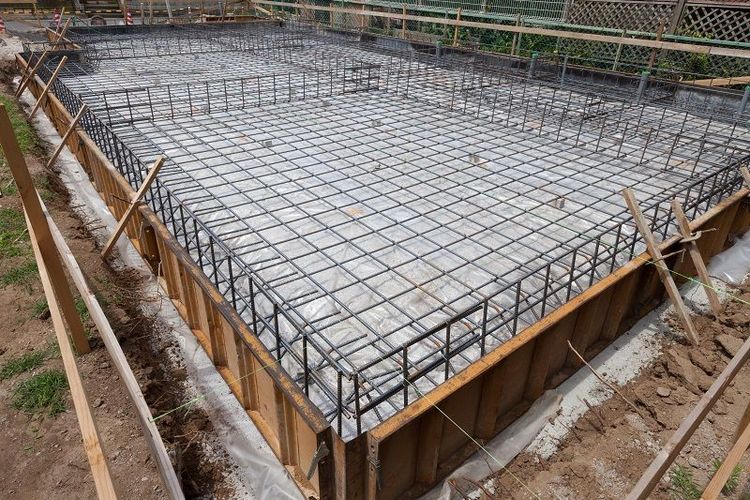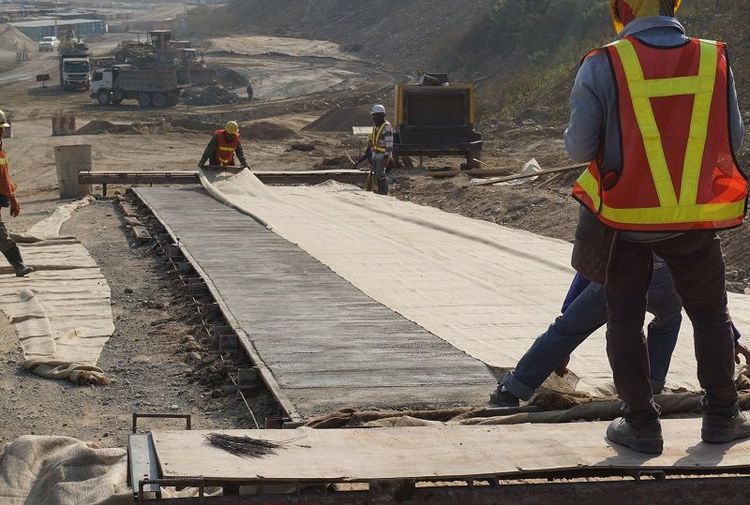Concrete, the backbone of modern construction, is often seen as a solid, unchanging material. However, beneath its unyielding exterior lies a process known as curing, which is pivotal in determining its strength, durability, and overall quality. In this article, we'll delve into the science behind concrete curing, explore why it's crucial, demystify curing methods and provide best practices.
The process of concrete curing
Concrete is not just a mix of water, cement, and aggregates; it's a blend that undergoes a complex chemical reaction known as hydration. This process involves the cement particles reacting with water to form a crystalline structure, resulting in the hardening of the mixture. Hydration requires a continuous supply of moisture to proceed effectively.
Proper curing transforms a newly poured concrete mix into a strong and durable structure. Neglecting proper curing can lead to reduced strength, increased cracking, and diminished resistance to environmental factors.
How to cure concrete at the right temperature?


Factors influencing the effectiveness of concrete curing
The efficacy of concrete curing is controlled by a multitude of factors that collectively determine the final quality of the cured concrete:
- Ambient temperature and humidity significantly impact the hydration process, with higher temperatures accelerating reactions and lower temperatures slowing them down.
- The curing duration is crucial, as premature drying can disrupt hydration. The concrete's water-cement ratio also plays a role, with higher ratios requiring longer curing to maintain proper hydration. The curing methods employed, such as wet, membrane, or curing compounds, further influence the process.
- Environmental conditions like wind, sunlight, and air movement can lead to moisture loss and affect curing efficiency.
- Start curing as soon as the concrete has been placed and finished to ensure proper hydration from the outset.
- Maintain curing for at least seven days, as this is the critical period when concrete gains most of its strength.
Maintaining the ideal temperature during concrete curing
The ideal temperature range for curing concrete typically falls between 50 degrees fahrenheit (10 degrees celsius) and 85 degrees fahrenheit (30 degrees celsius). This range promotes optimal hydration and ensures the concrete gains strength as intended. Extreme temperatures, whether too high or too low, can compromise the quality of the cured concrete.

Methods for temperature control
There are several methods to maintain the ideal temperature during concrete curing:
Insulation: Insulating materials like blankets or thermal covers can be placed over freshly poured concrete to retain heat and prevent temperature fluctuations.
- Heating systems: In colder weather, heating systems such as radiant heaters or heated enclosures can maintain the concrete temperature within the desired range.
- Cooling systems: In hot weather, misting or evaporative cooling can prevent excessive heat buildup and water evaporation.
- Shade: Providing shade over the curing area can help protect the concrete from direct sunlight and high temperatures, preventing rapid drying.
- Windbreaks: Wind can accelerate the evaporation of water from the surface of the concrete. Using windbreaks, such as temporary barriers, can mitigate this effect.
Concrete curing methods
- Wet curing: This method keeps the concrete surface continuously moist for a specific period. Methods like ponding (involves creating shallow pools and maintaining a continuous water cover over the entire area), soaking (water is directly sprayed onto the concrete surface or applied through an irrigation system), and using wet coverings help maintain the required moisture level. Wet curing is particularly effective for preventing early moisture loss and is suitable for various projects, from sidewalks to bridge decks.
- Membrane curing: Curing compounds and membrane-forming sealers (acrylic membrane sealers, chlorinated rubber sealers, wax membrane sealers) are used in this method. These compounds create a barrier on the concrete surface, preventing moisture evaporation. Membrane curing is ideal for large horizontal surfaces and can be particularly useful when water resources are limited.
- Steam curing: When time is of the essence, steam curing accelerates the hydration process by raising the concrete's temperature. While this method requires specialised equipment, it can significantly reduce curing time. Careful monitoring and adherence to recommended procedures are essential to avoid cracks caused by rapid temperature changes.
Conclusion
Concrete curing is not merely an afterthought; it's a critical stage in the construction process that directly influences concrete structures' strength, durability, and overall quality. Properly maintaining the moisture level ensures that the concrete gains strength, durability, and the desired properties.
Buy online
Mild SteelStainless SteelStructural SteelTMTCementJSW One MSME
About usBlogsSitemapJSW One TMTPolicy
Terms & conditionsPrivacy policyReturn policyBanking partner


 +91 7208055523
+91 7208055523
 Help & support
Help & support
